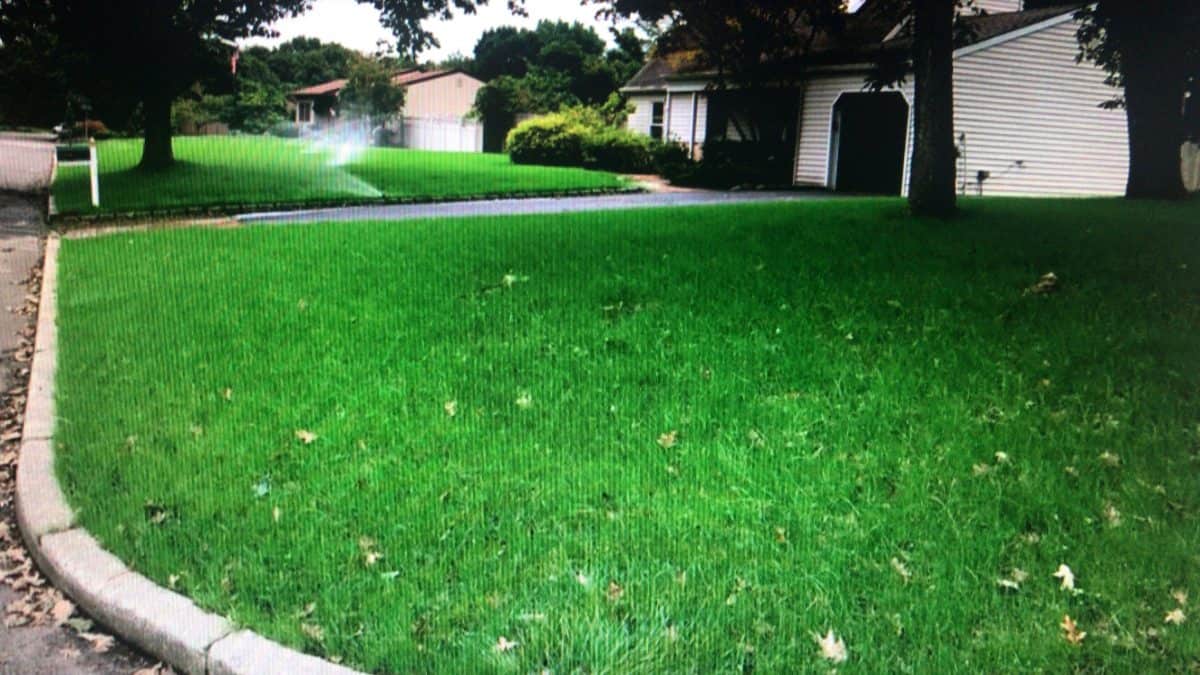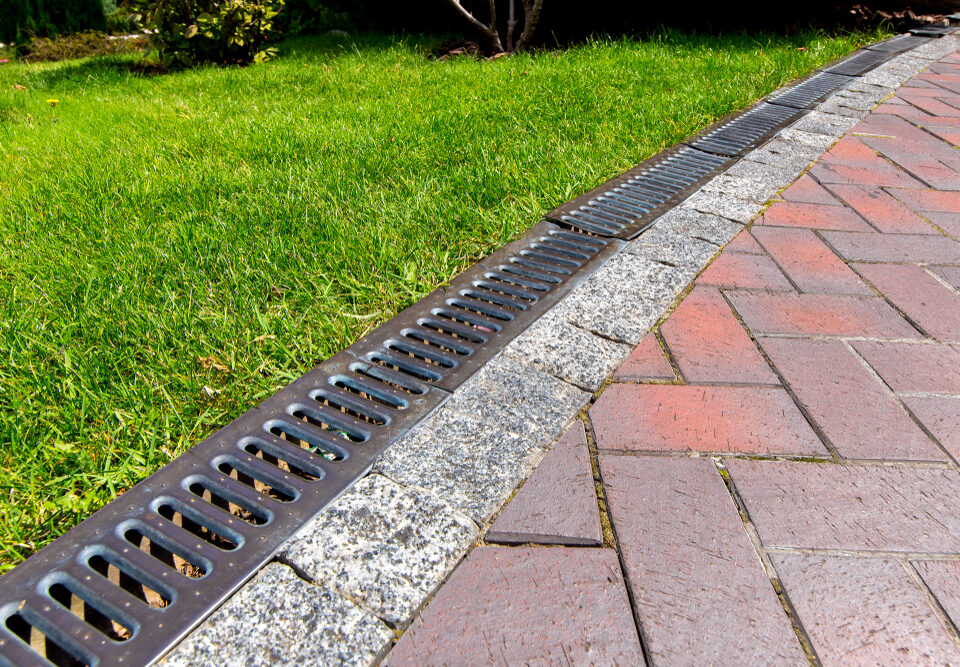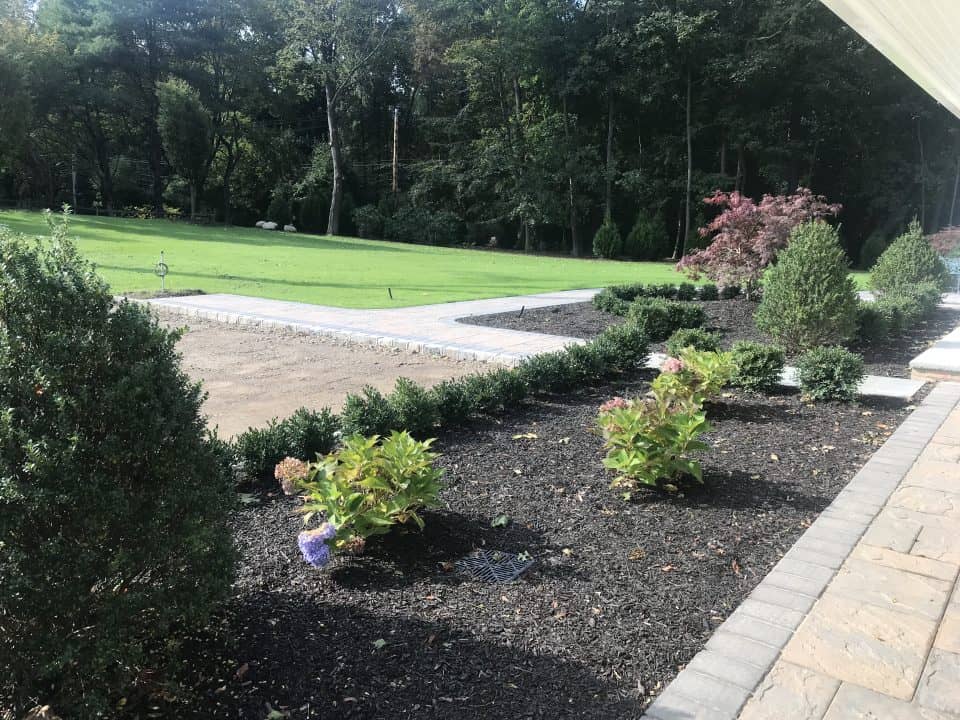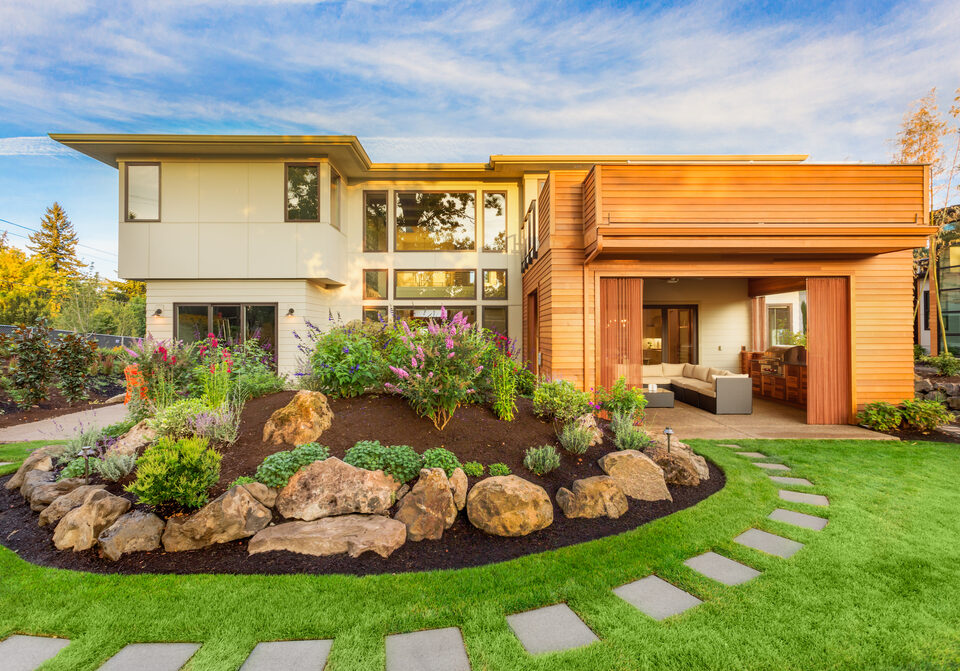
The Importance of Grading Service in Landscape Design
March 31, 2022
10 Essential Landscaping Tips for a Stunning Yard
June 29, 2023The Art of Choosing the Right Plants
Creating a beautiful and inviting landscape requires careful consideration of various elements, and one of the most important aspects is selecting the right plants. Whether you have a sprawling garden or a small backyard, choosing the appropriate plants can enhance the aesthetics, create a harmonious environment, and add value to your property.
In this comprehensive guide, we will explore the key factors to consider when selecting plants for your landscape, providing you with valuable insights to make informed decisions. D&D Grading Inc., your trusted landscaping partner, is here to assist you in creating a vibrant and sustainable outdoor space.
Assessing Environmental Factors
Before diving into the vast array of plant choices, it is crucial to evaluate the environmental conditions of your landscape. Understanding the following factors will help you select plants that thrive in your specific climate and microenvironment
- Hardiness Zone: Determine the hardiness zone of your location, as defined by the USDA Plant Hardiness Zone Map. This classification provides guidance on the average minimum winter temperature and helps identify plants suitable for your region.
- Sunlight: Assess the amount of sunlight your landscape receives throughout the day. Different plants have varying light requirements, ranging from full sun to shade-loving varieties. Consider the orientation of your garden and the presence of large trees or structures that may cast shadows.
Soil Type: Test the soil in your landscape to determine its composition, including factors such as pH level, drainage, and fertility. Certain plants thrive in sandy soils, while others prefer loamy or clayey soils. Understanding your soil type will aid in selecting plants that are well-suited to its characteristics.
Defining Your Landscape Goals
Every landscape has its unique purpose and desired ambiance. Clarifying your goals will help narrow down the plant choices and create a cohesive design. Consider the following aspects:
- Aesthetics: Determine the style and theme you wish to achieve in your landscape. Do you prefer a formal garden with structured hedges and symmetrical patterns, or a more relaxed and naturalistic setting? Understanding your aesthetic preferences will guide you in selecting plants that complement your desired look.
- Functionality: Identify the primary functions of your landscape. Are you aiming for privacy, shade, erosion control, or attracting pollinators? Each goal will require specific plant selections that serve the intended purpose effectively.
Maintenance: Evaluate the amount of time and effort you are willing to invest in maintaining your landscape. If you prefer low-maintenance plants, choose species that are resilient, disease-resistant, and have minimal watering requirements. Conversely, if you enjoy gardening and have more time to devote to maintenance, you can explore a wider range of options.
Choosing Suitable Plant Varieties
Once you have assessed the environmental factors and defined your landscape goals, it’s time to explore the vast world of plants. Consider the following factors when selecting suitable plant varieties:
- Native Plants: Incorporating native plants in your landscape offers numerous benefits. Native species are well-adapted to the local climate and require less water, fertilizer, and pesticides. They also provide habitat for native wildlife and help preserve biodiversity.
- Seasonal Interest: Choose plants that provide year-round interest by considering their bloom times, foliage colors, and fall/winter features. This ensures a visually appealing landscape throughout the changing seasons.
- Plant Size and Growth Habits: Take into account the mature size of plants and their growth habits. Avoid planting large trees close to structures or small plants that may become invasive. Understanding the growth characteristics will help you plan for adequate spacing and prevent overcrowding.
Plant Compatibility: Consider the compatibility of different plant species in terms of their water, sunlight, and nutrient requirements. Some plants may have specific companion plants that enhance their growth or deter pests, creating a mutually beneficial relationship.
Seeking Professional Advice
If you find yourself overwhelmed by the vast selection of plants or uncertain about the suitability of certain species for your landscape, consulting with a professional landscaping company like D&D Grading Inc. can provide valuable guidance.
With their expertise and experience, they can help you navigate through the choices and create a well-balanced and thriving landscape that meets your specific requirements.
Creating a Stunning and Sustainable Landscape
Choosing the right plants for your landscape is a crucial step in creating a visually appealing, functional, and sustainable outdoor space. By considering the environmental factors, defining your landscape goals, and selecting suitable plant varieties, you can create a harmonious and thriving garden that enhances the beauty of your property.
Remember, D&D Grading Inc. is here to assist you throughout the entire process, from initial planning to the final implementation of your landscape design. Get in touch with us today and let’s bring your dream landscape to life!




